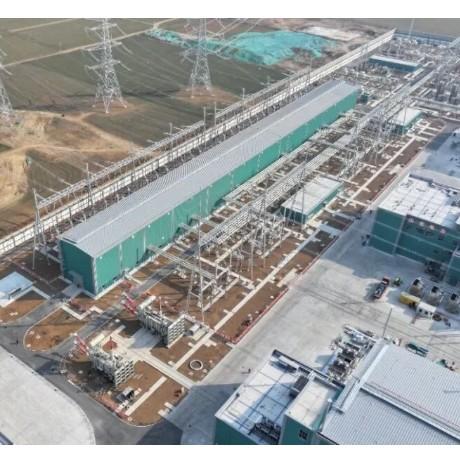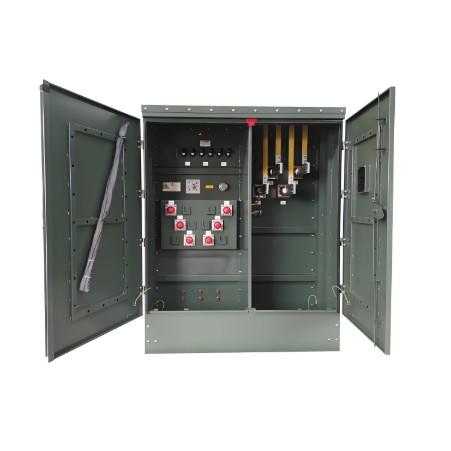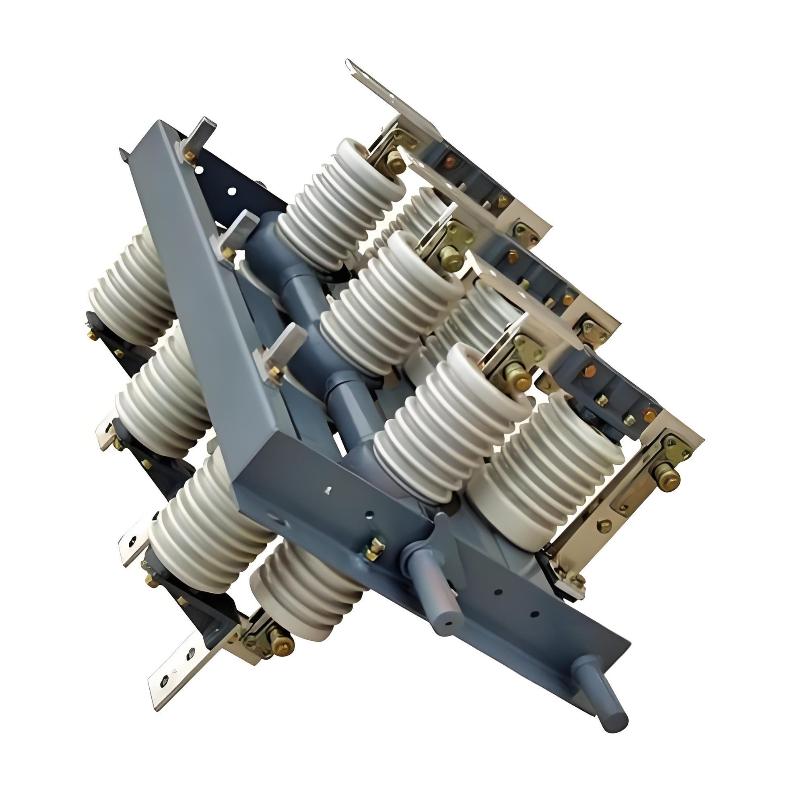With the development of modern economy and science and technology, photoelectric current transformers (PECTs) have fully transitioned from the trial operation stage to practical application. As a front - line testing personnel, I deeply feel their importance in the power system during daily work. I also realize the necessity of conducting in - depth research on their testing systems and calibration methods. This not only promotes the engineering application of PECTs but also enables the accurate discovery and solution of technical problems in actual operation.
1. Structure and Working Principle of Photoelectric Current Transformers
Currently, the research depth of PECTs in the industry is still insufficient, and there are even cognitive misunderstandings. Some people believe that their output methods and sensing principles are completely consistent with those of electromagnetic current transformers (both have a rated output of 5A/1A). However, in practical applications, PECTs have unique advantages - they do not rely on secondary rated circuits and can directly output digital signals. Structurally, they are divided into two types: active and passive. The core difference lies in whether an external power supply is required on the high - voltage side of the sensor. Due to differences in design principles, there are also significant differences in their structures and working mechanisms.
1.1 Passive Photoelectric Current Transformers
As a front - line tester, I frequently come into contact with such equipment during testing. Its core principle is based on the Faraday magneto - optical effect: when magneto - optical materials propagate in a magnetic field environment, the polarization state of light will deflect with the intensity of the magnetic field. By monitoring the change in the polarization angle, the correlation between the magneto - optical constant, the rotation angle, and the magnetic field intensity can be established

and finally, the non - contact measurement of current signals is realized. This non - powered design has significant advantages in the insulation detection scenario of the high - voltage side.
1.2 Active Photoelectric Current Transformers
In actual testing, active devices rely on air - core coils or high - precision small electromagnetic transformers to achieve signal conditioning. Its working process can be disassembled as follows: first, the large current signal is converted into a weak voltage signal through electromagnetic induction (relying on a small electromagnetic transformer), then modulated into a digital electrical signal, and finally converted into an optical signal through electro - optical conversion, which is transmitted to the low - voltage side for processing via optical fiber. Such devices are widely used in digital substation projects. During debugging, I need to focus on the compatibility of the demodulation module at the low - voltage end.
2. Testing System of Photoelectric Current Transformers
2.1 Structure of the Testing System
The complexity of the PECT testing system requires front - line personnel to have a system - level understanding. Its core logic is to connect the sensing heads of the tested transformer and the standard transformer in series, so that they are in the same current environment. As a key part of the test, the virtual calibrator needs to realize: computer signal acquisition, error algorithm processing, and multi - dimensional data display. In actual operation, the steady - state performance test needs to be matched with a high - precision standard transformer (such as a 0.05 - class device), and the Hall current sensor is preferred for transient testing (fast response speed, suitable for impulse current scenarios).
2.2 Testing of Key Performance Indicators
When testing PECTs, I need to focus on the following core indicators to ensure accurate and reliable data:
2.2.1 Steady - state Indicators
The steady - state test focuses on the rated ratio coefficient (this parameter is nominal by the manufacturer). During the test, the sequence data of the digital transmission channel and the analog output channel need to be collected simultaneously, and the ratio error is calculated by comparing with the standard signal to verify the linearity of the device under power frequency conditions.
2.2.2 Phase Error
The phase error test needs to capture the phase deviation of the current phasor: use a digital algorithm (such as fast Fourier transform) to analyze the output signal, compare the reference phase with the actual output phase, and quantify the difference between them. This indicator directly affects the action accuracy of the relay protection device and needs to be strictly controlled.
2.2.3 Temperature Characteristics
The influence of temperature on PECTs needs to be tested cyclically in accordance with the IEC standard. In actual testing, the "thermal stability time constant" is a key parameter (calibrated by the manufacturer according to the device structure and volume). I will simulate the temperature gradient through an environmental test chamber, record the error drift under different working conditions, and verify the temperature adaptability of the device.
3. Virtual Calibrator for Photoelectric Current Transformers
The virtual calibrator is the "nerve center" of the testing system. Its data display functions cover curves, values, charts, etc., facilitating front - line personnel to quickly locate problems. Based on the performance differences of PECTs, the calibrator can be derived into two types: steady - state calibrator and transient calibrator, with clear divisions of labor:
3.1 Steady - state Performance Calibrator
In daily testing, I often use the steady - state calibrator to complete three core tasks:
Calculate the phase error in real - time during the steady - state operation of the PECT;
Simulate the temperature change condition and evaluate the index drift;
Analyze the harmonic components and verify the performance of the device under nonlinear loads.
During operation, parameters such as channel selection and sampling rate need to be configured in advance, and finally, the steady - state characteristics of the device are intuitively presented through error curves.
3.2 Transient Performance Calibrator
The transient calibrator focuses on the dynamic process: it can simultaneously display the transient waveforms of the channel to be calibrated and the standard channel, and accurately capture the errors in scenarios such as inrush current and short - circuit current. When dealing with fault recording analysis, I will use its error calculation function to locate the distortion points in the transient process and provide data support for device optimization.
Conclusion
As a front - line testing personnel, I always start from the practical operation perspective: first, thoroughly understand the structure and principle of PECTs (the design differences between active and passive types), then master the construction logic of the testing system (series connection of sensing heads, configuration of the calibrator), and finally, through the functional differentiation of the virtual calibrator (steady - state/transient), achieve accurate evaluation of device performance. This technical path not only ensures the reliable commissioning of PECTs but also provides practical measurement basis for the intelligent upgrade of the power system - making the test data of each device a "cornerstone" for the safety of the power grid.






















